Back to Agile
Lean Canvas templates
Miro's Lean Canvas templates help you develop and refine business ideas effortlessly. Whether you're planning, strategizing, or problem-solving, these templates provide a clear structure to map key elements, identify opportunities, and drive innovation.
69 templates
Lean Canvas Template
2 likes253 uses
Lean Coffee Template
3 likes110 uses
Lean UX Canvas Template
0 likes82 uses
Lean Canvas
279 likes3.8K uses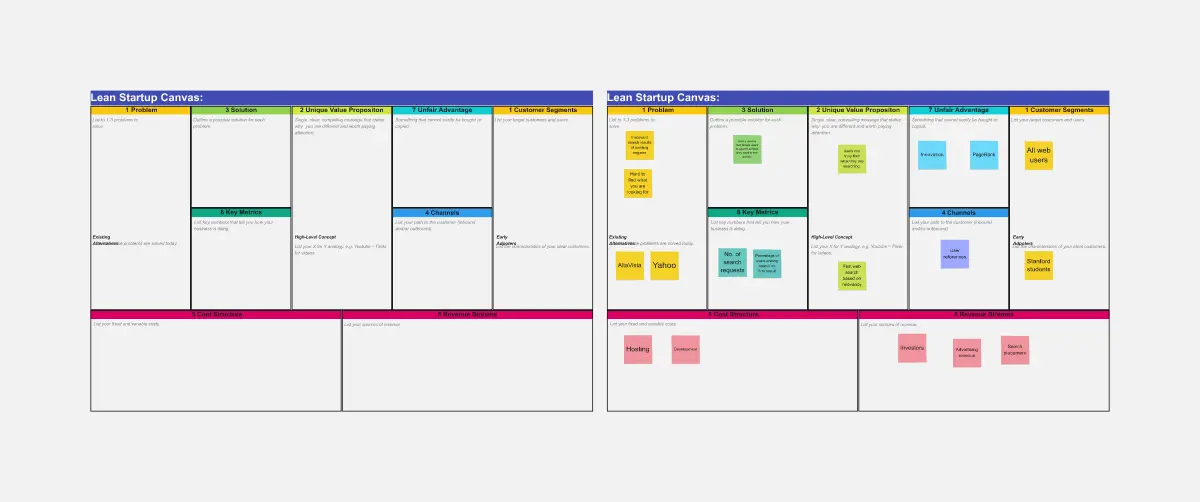
Lean Coffee
136 likes2.1K uses
Startup Lean Canvas
332 likes1.7K uses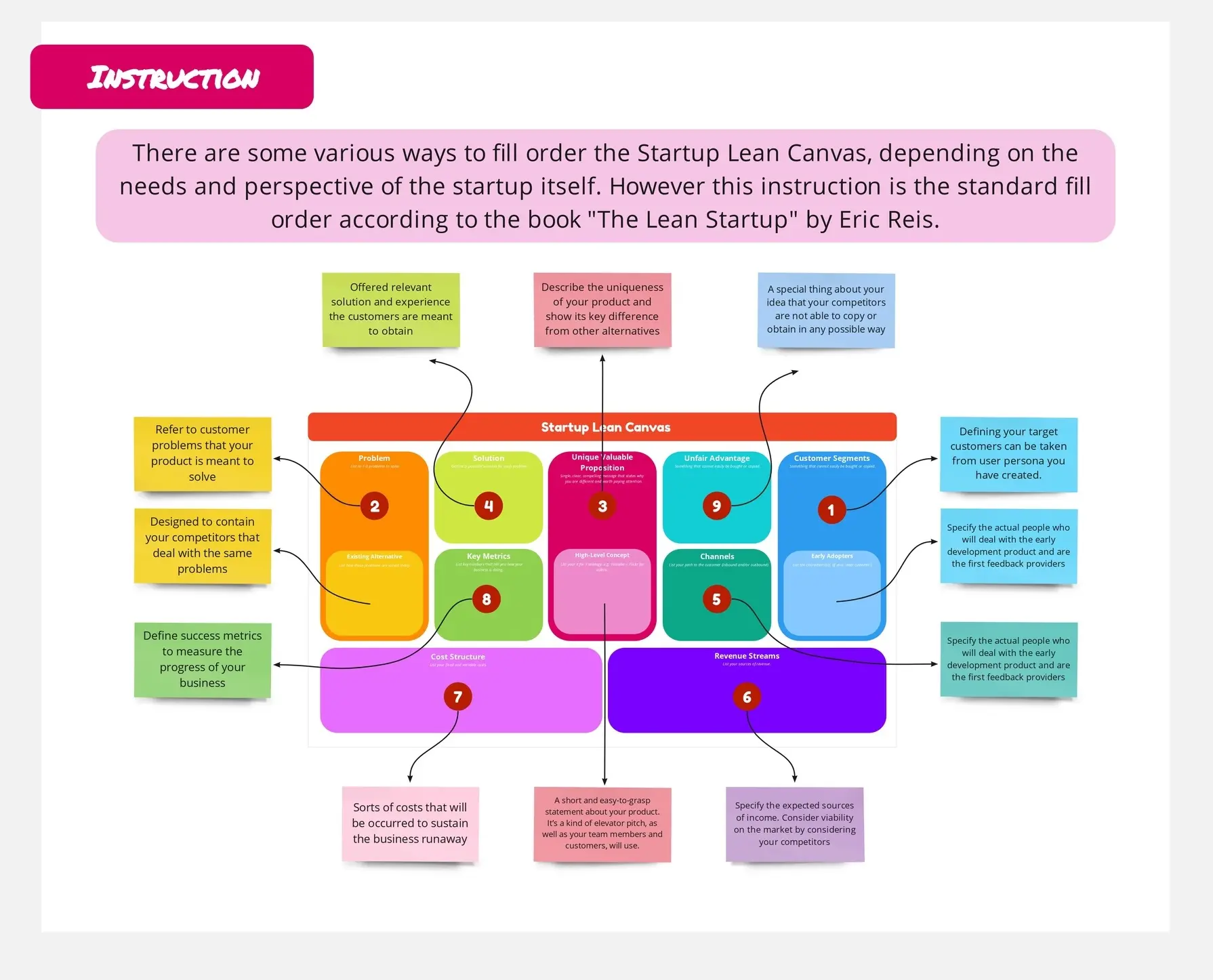
Lean Inception
199 likes1.6K uses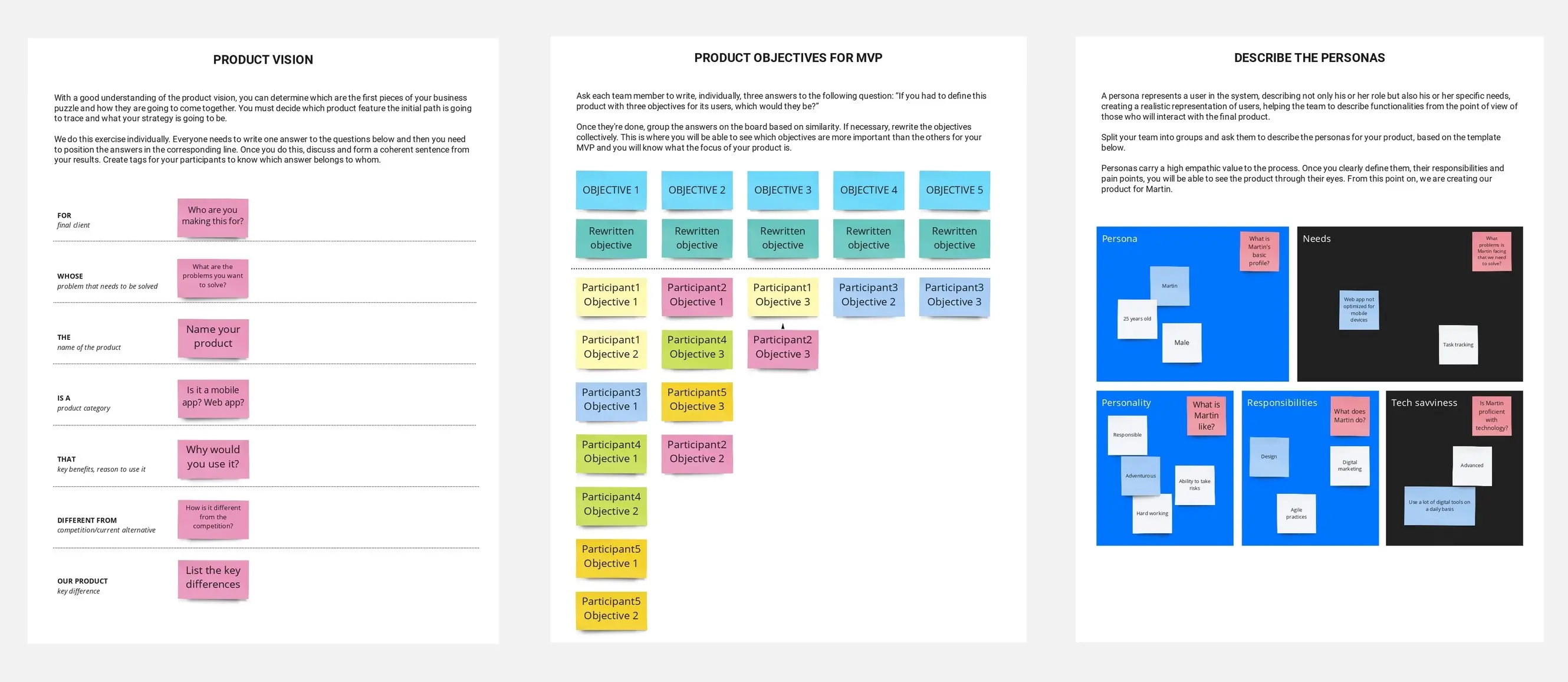
Lean Change Self-Starter Kit
142 likes1.5K uses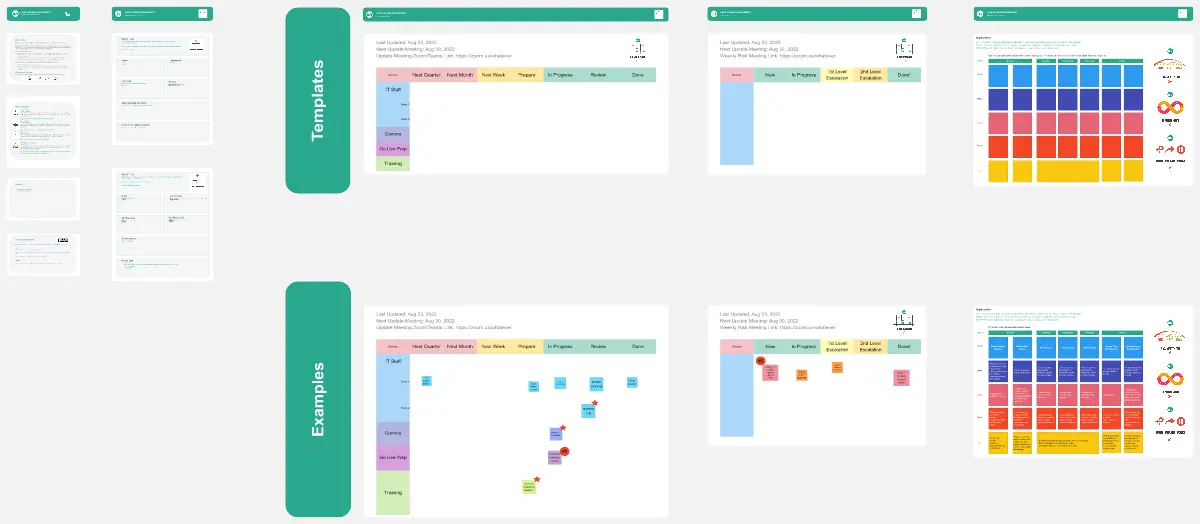
Lean Coffee: Meetings without Agendas
174 likes1.4K uses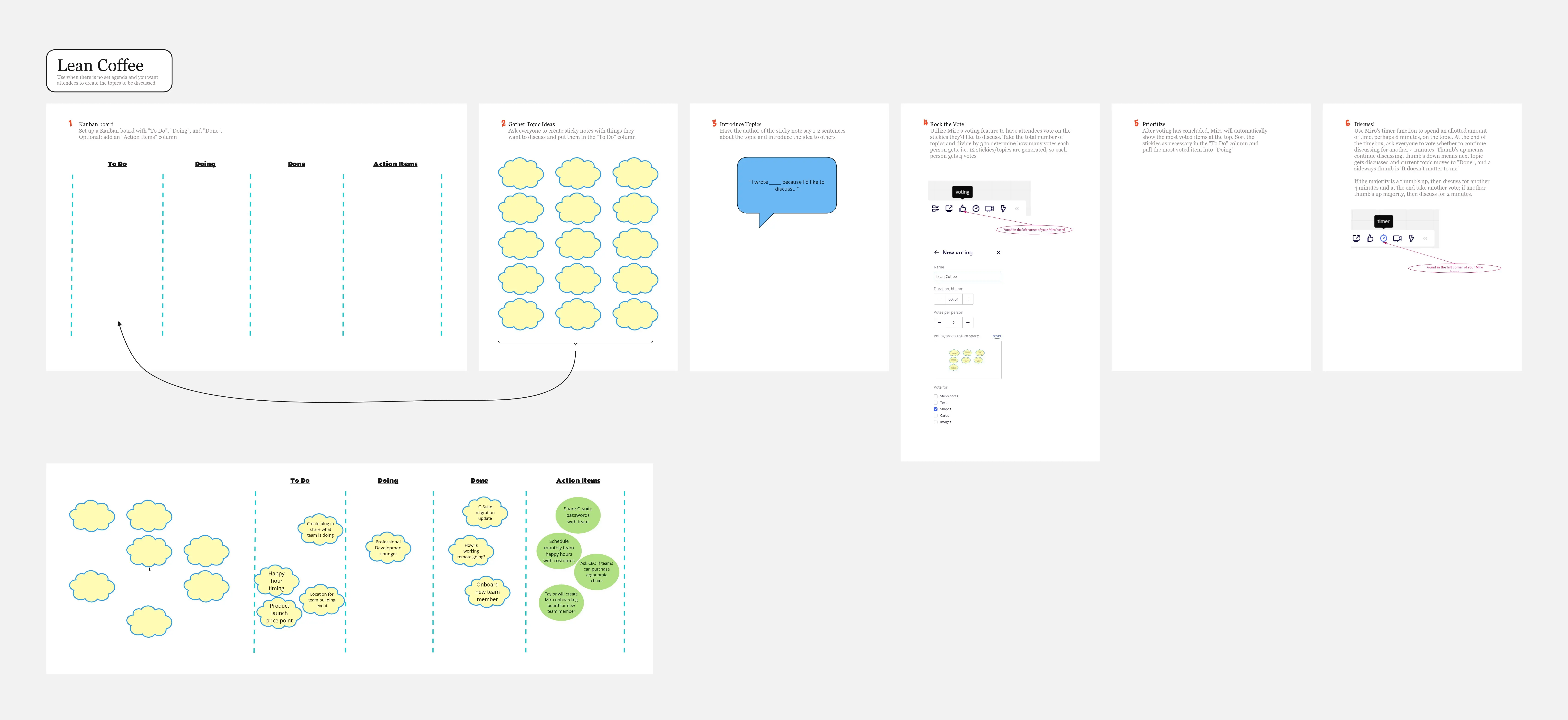
Lean A3
89 likes1.1K uses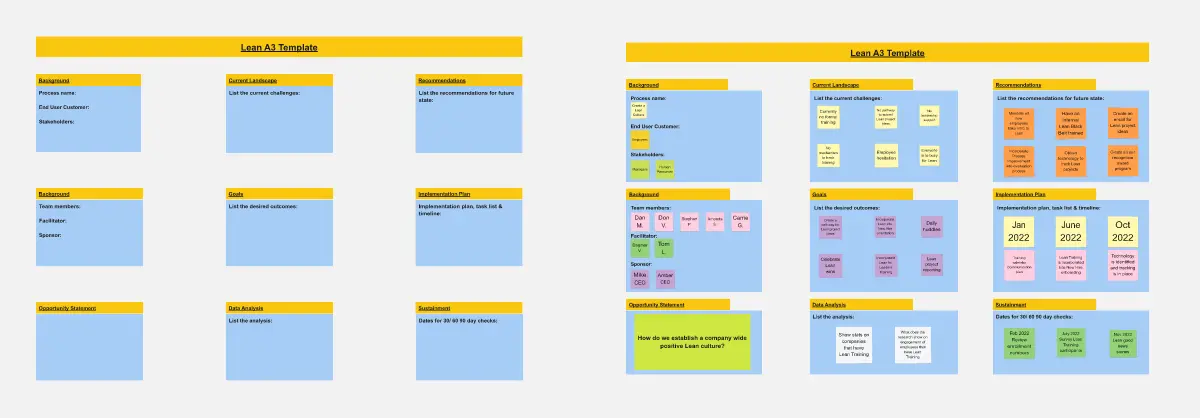
Lean Procurement Canvas
63 likes954 uses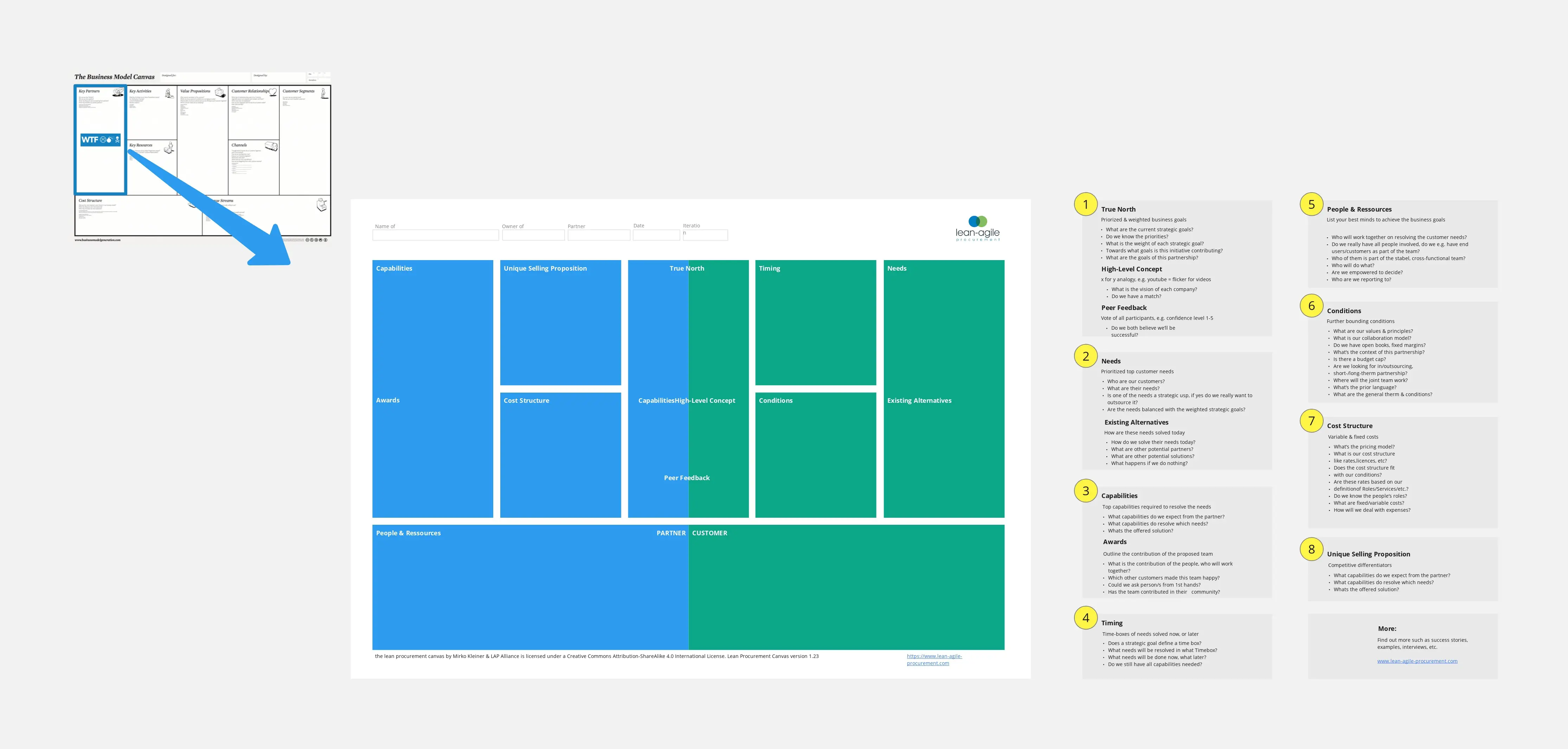
Lean Project Charter
191 likes917 uses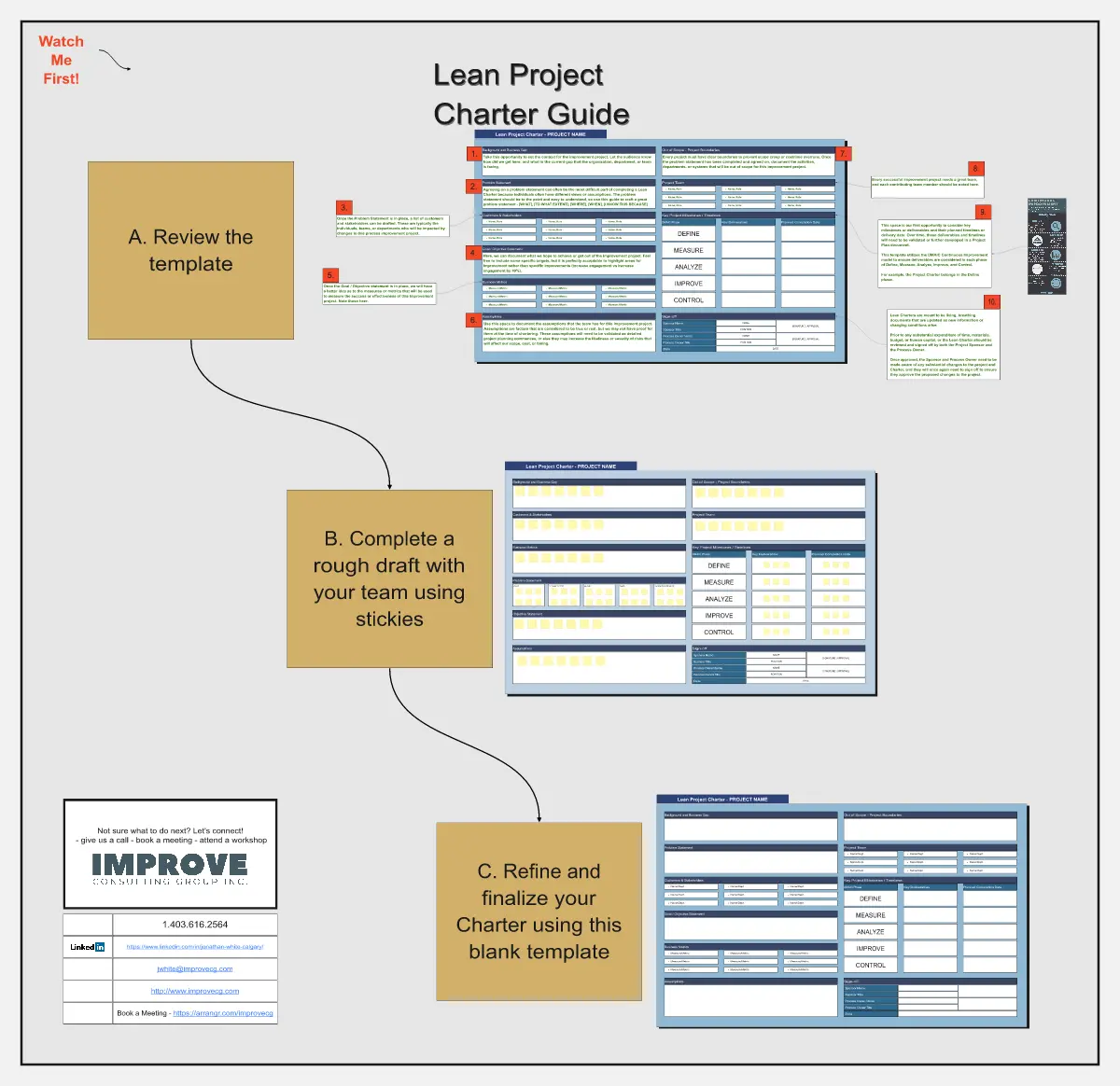
Lean Waste Retrospective
151 likes838 uses
Lean Canvas
34 likes773 uses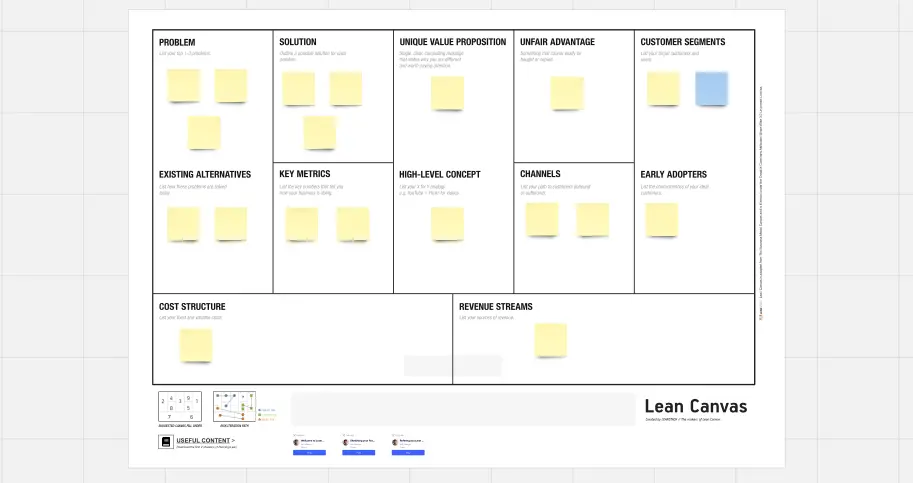
Lean Inception
106 likes718 uses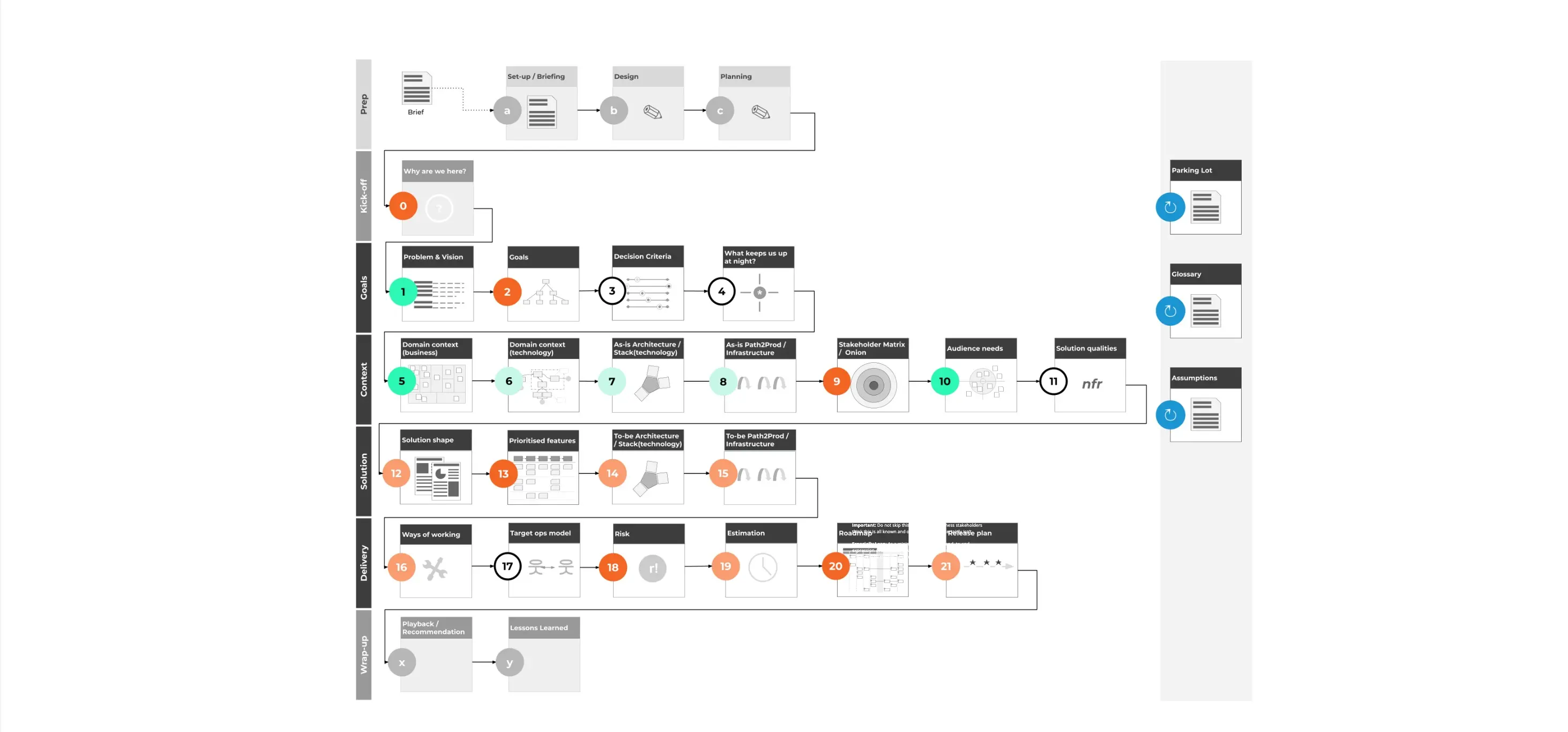
Lean Coffee Retrospective
87 likes661 uses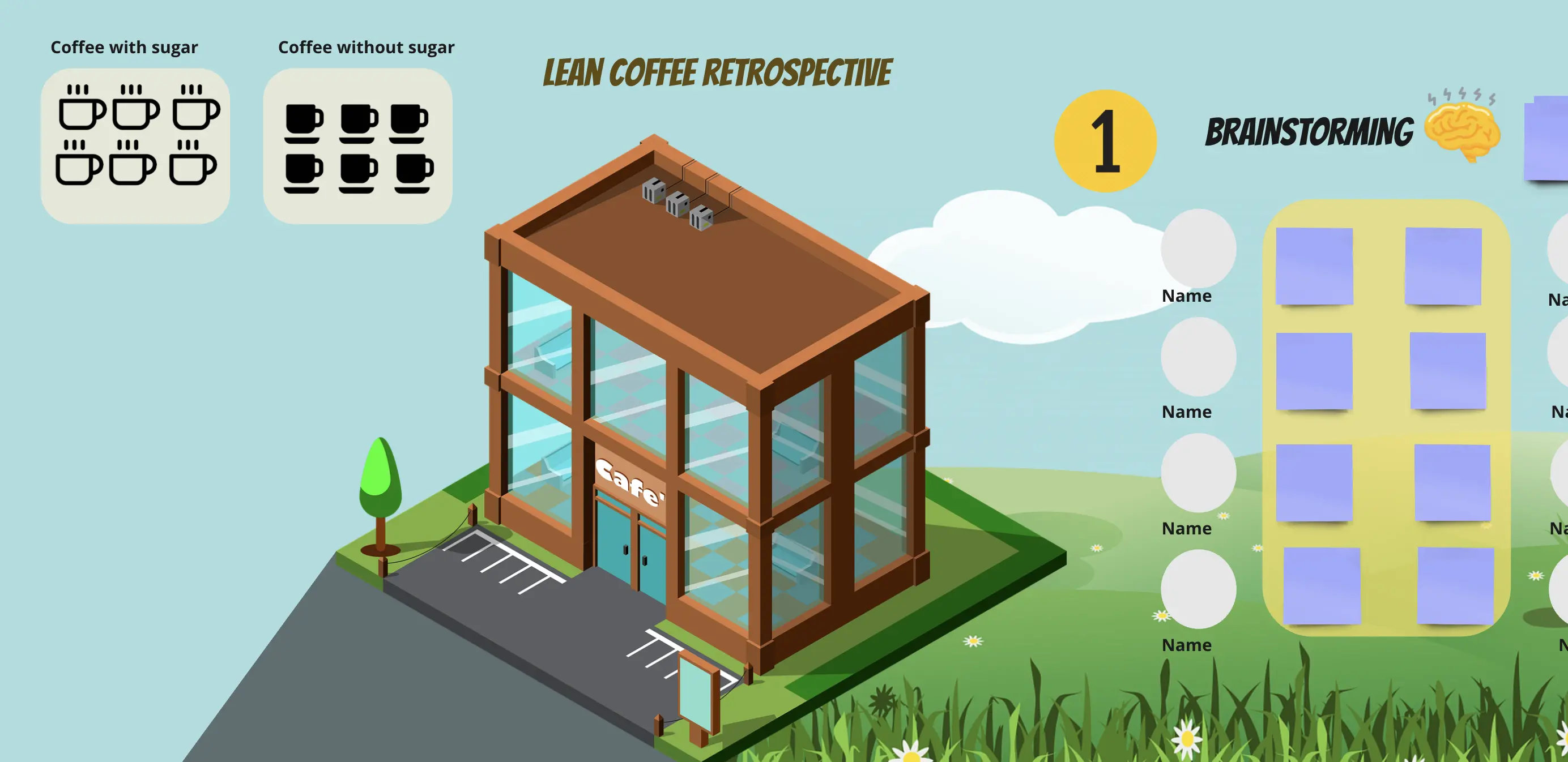
Lean Business Case
47 likes468 uses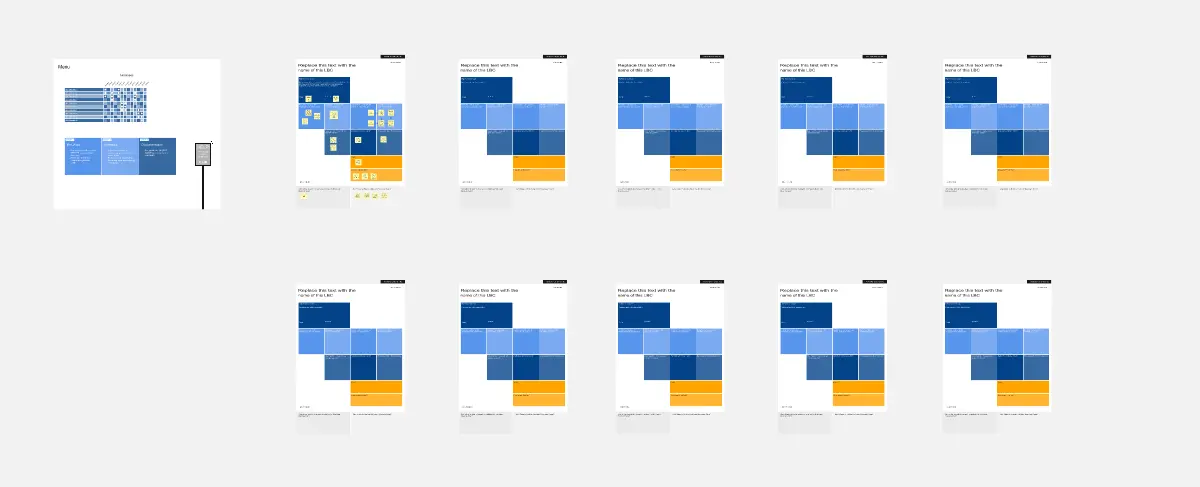
EASY Lean Coffee Facilitation Guide
41 likes434 uses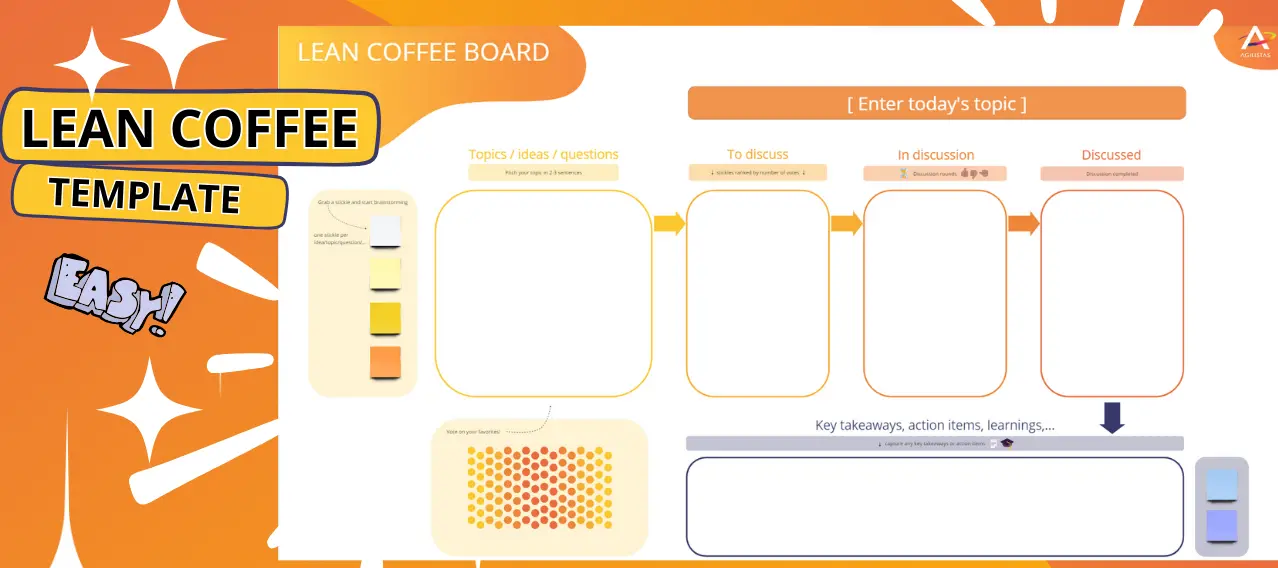
Ultimate Lean Coffee
49 likes378 uses
Lean Coffee: Focused Meetings
75 likes365 uses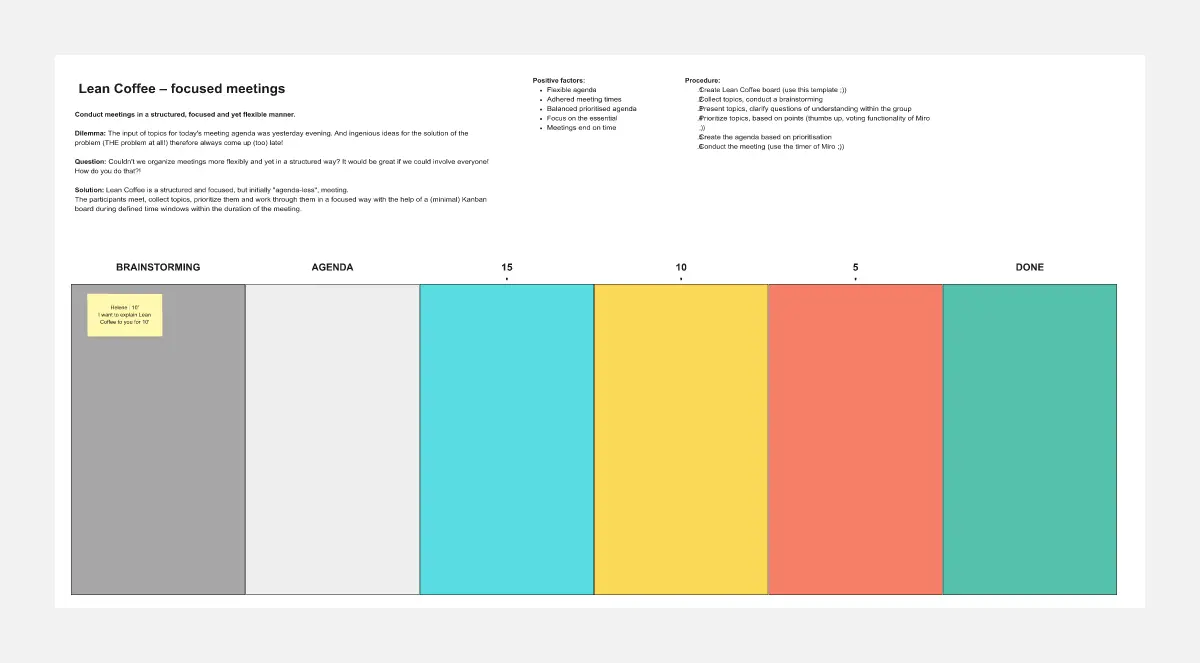
Lean 5S Game
46 likes362 uses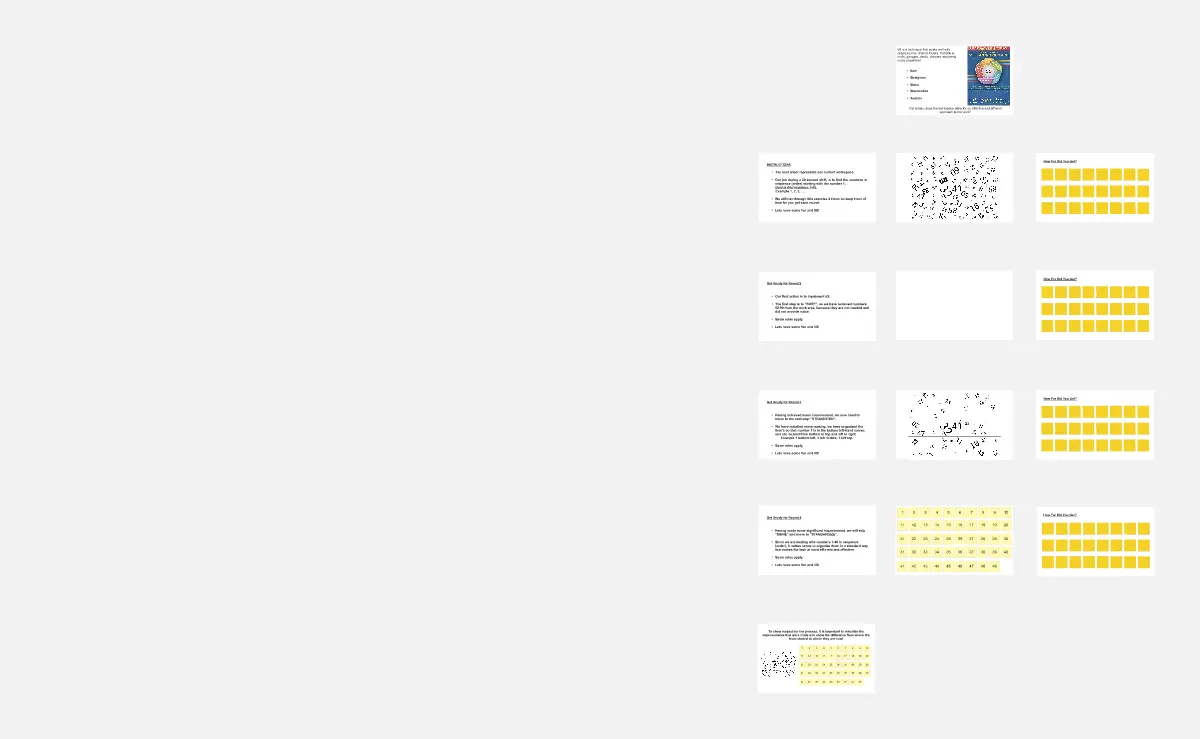
Hand-Drawn Lean Canvas
57 likes347 uses
Lean Canvas: Your Business Dynamics in One Page
64 likes330 uses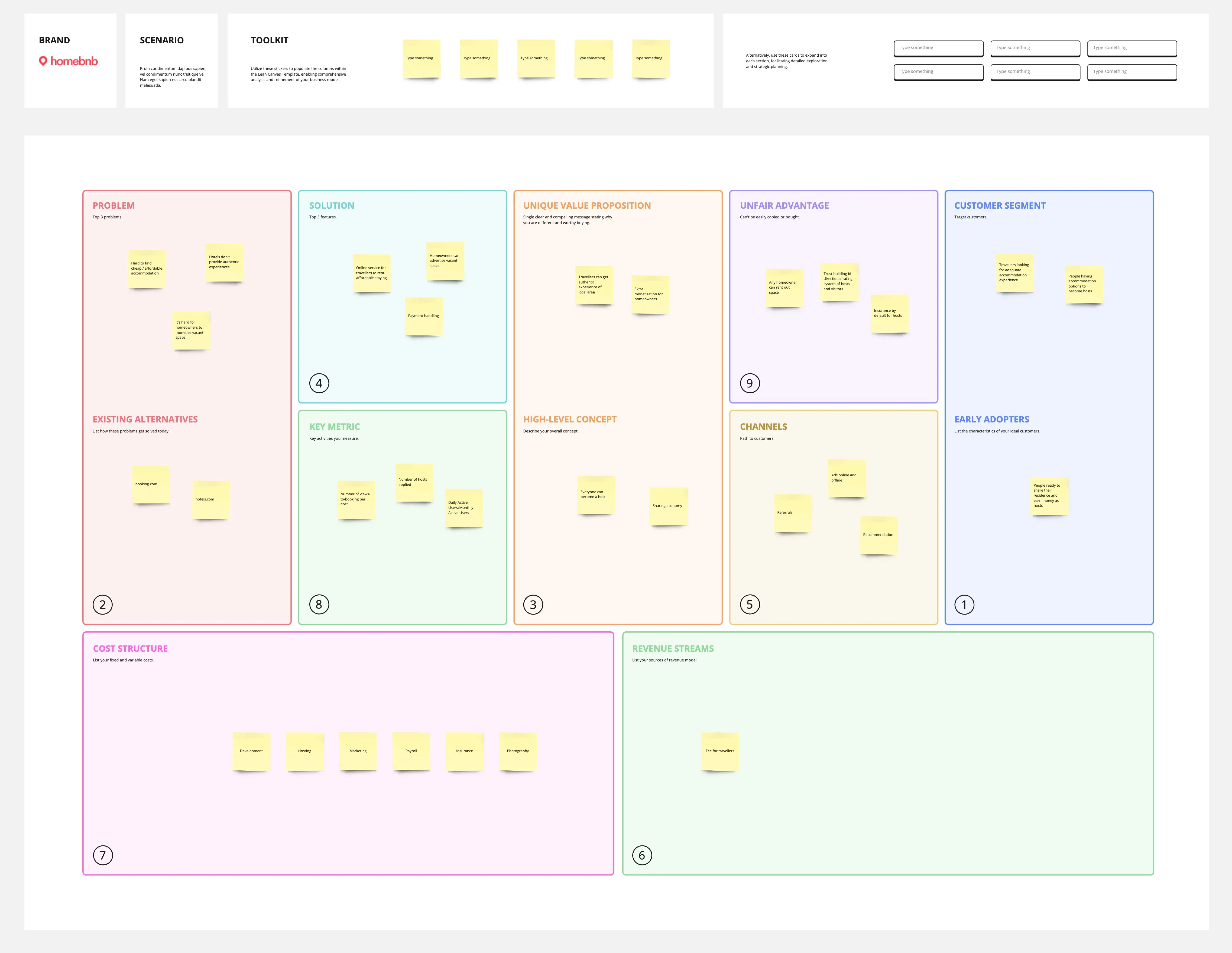
Lean Coffee
44 likes306 uses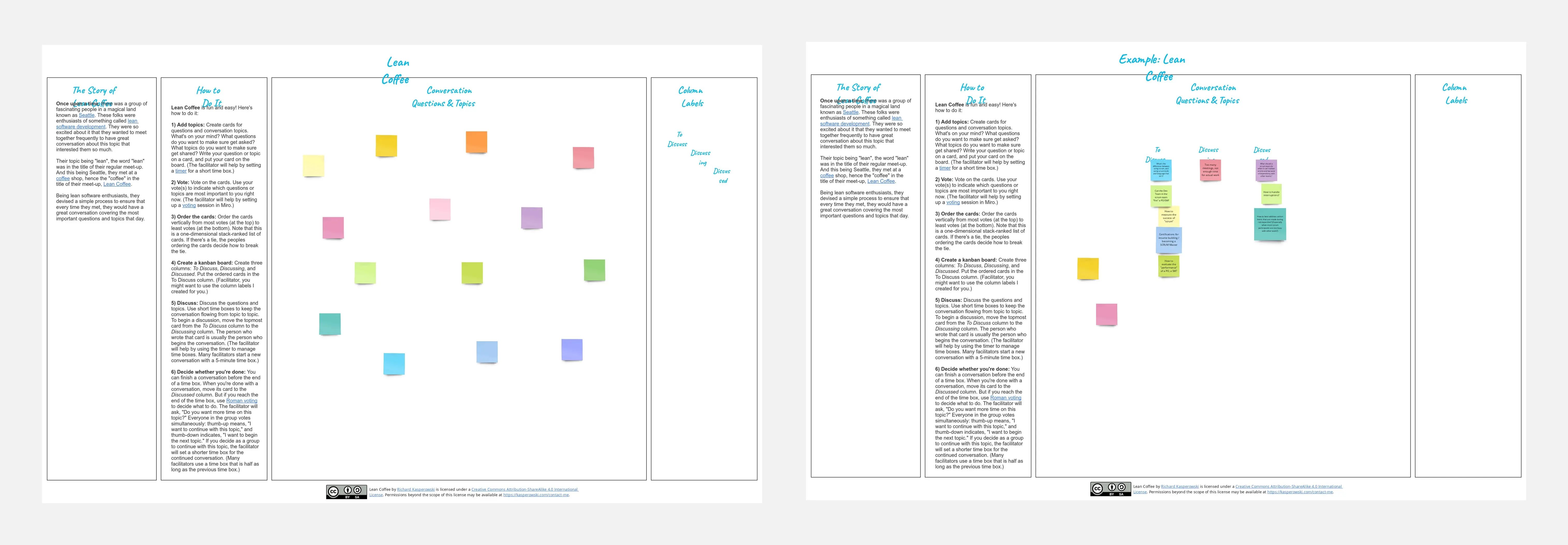
Lean Canvas
24 likes289 uses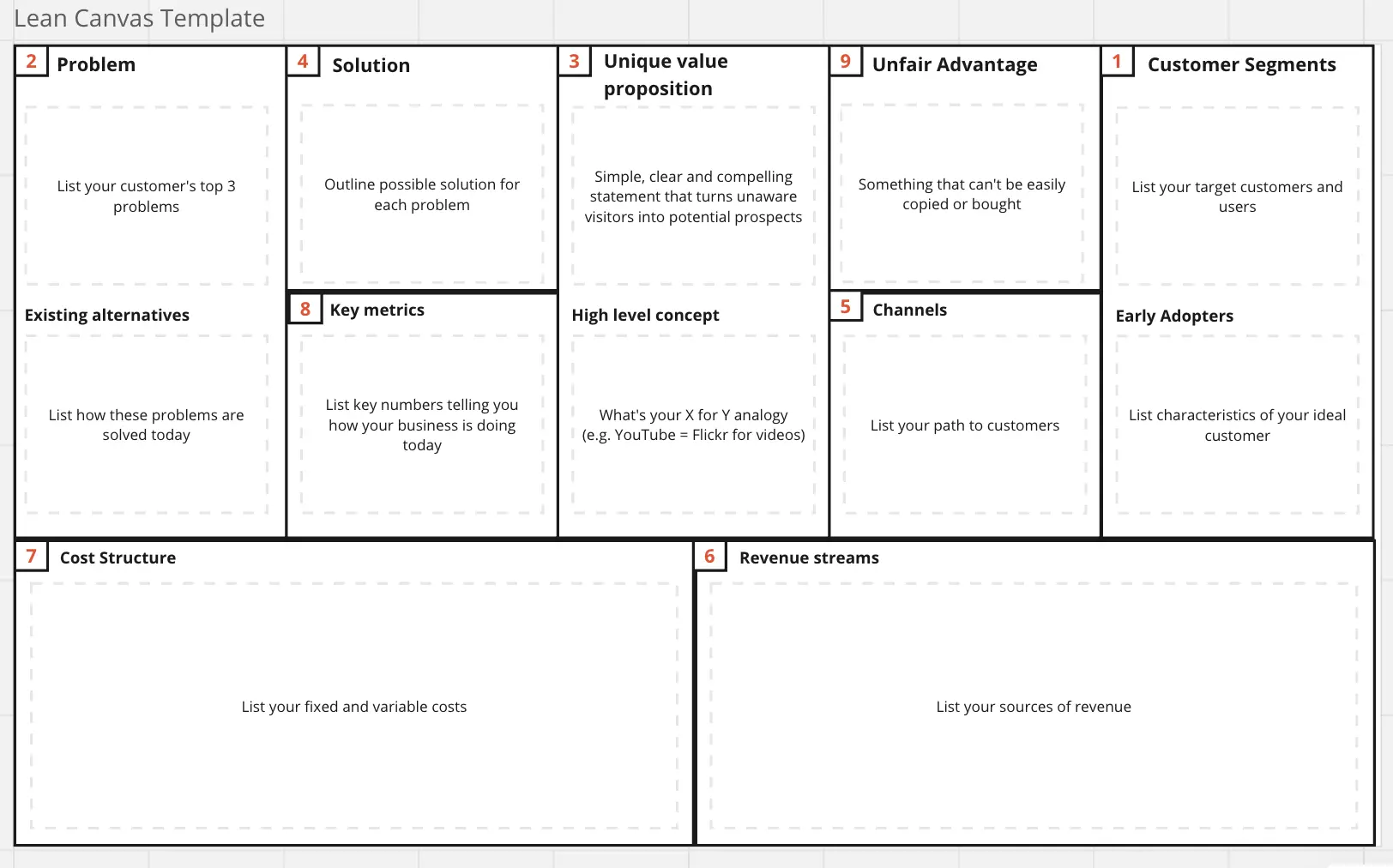
Simple Lean Coffee
42 likes284 uses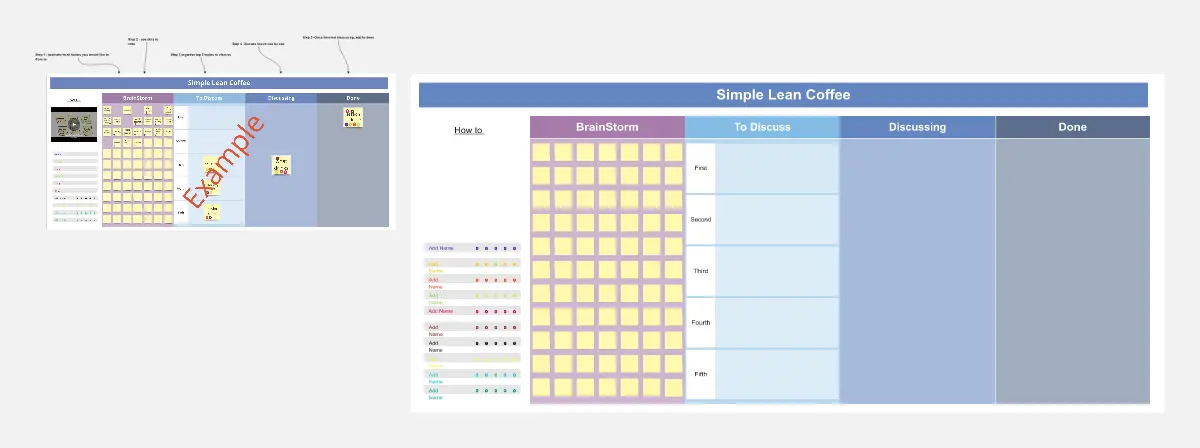
Herculean Doughnut
30 likes253 uses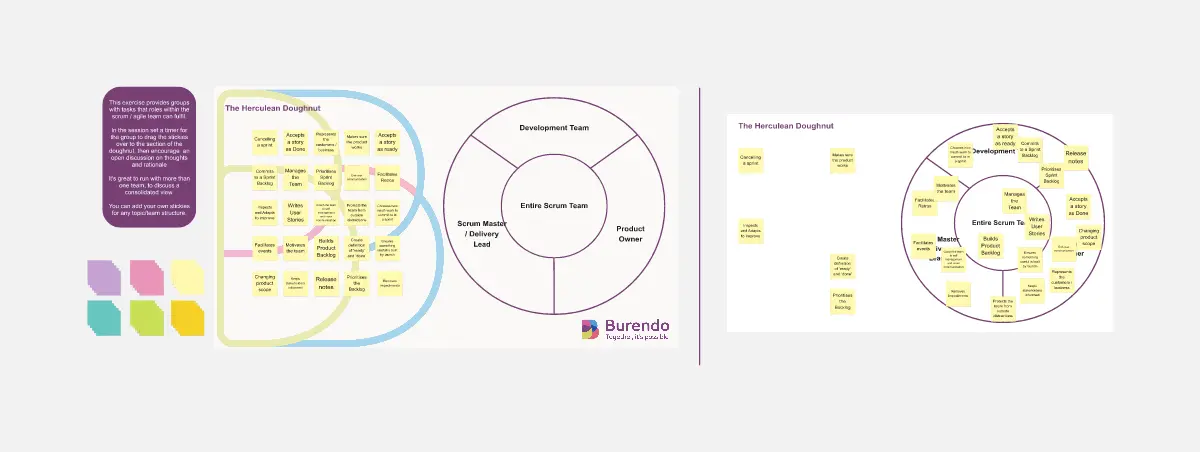
Lean Canvas Template
2 likes253 uses
Lean Governance
23 likes212 uses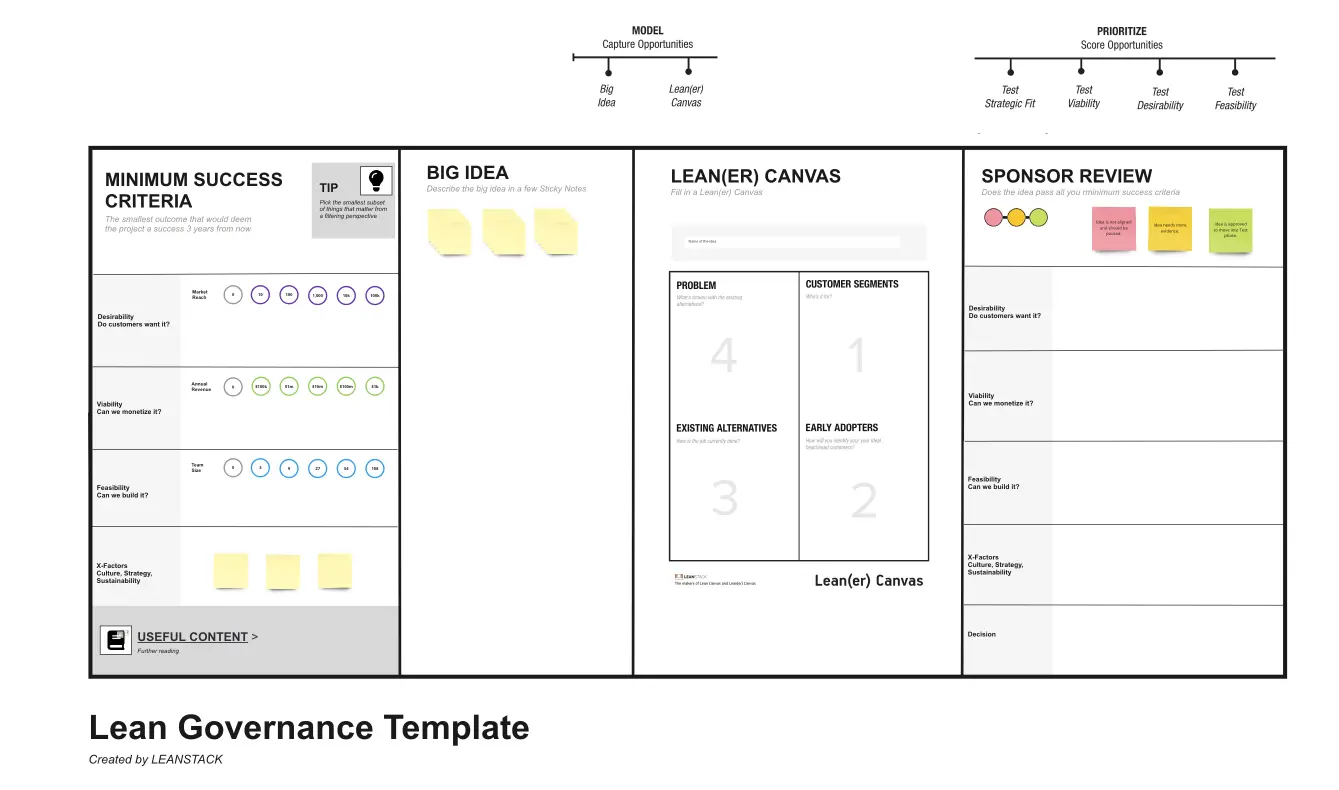
Lean Coffee Cafe
10 likes200 uses
LeanAnalysis
54 likes198 uses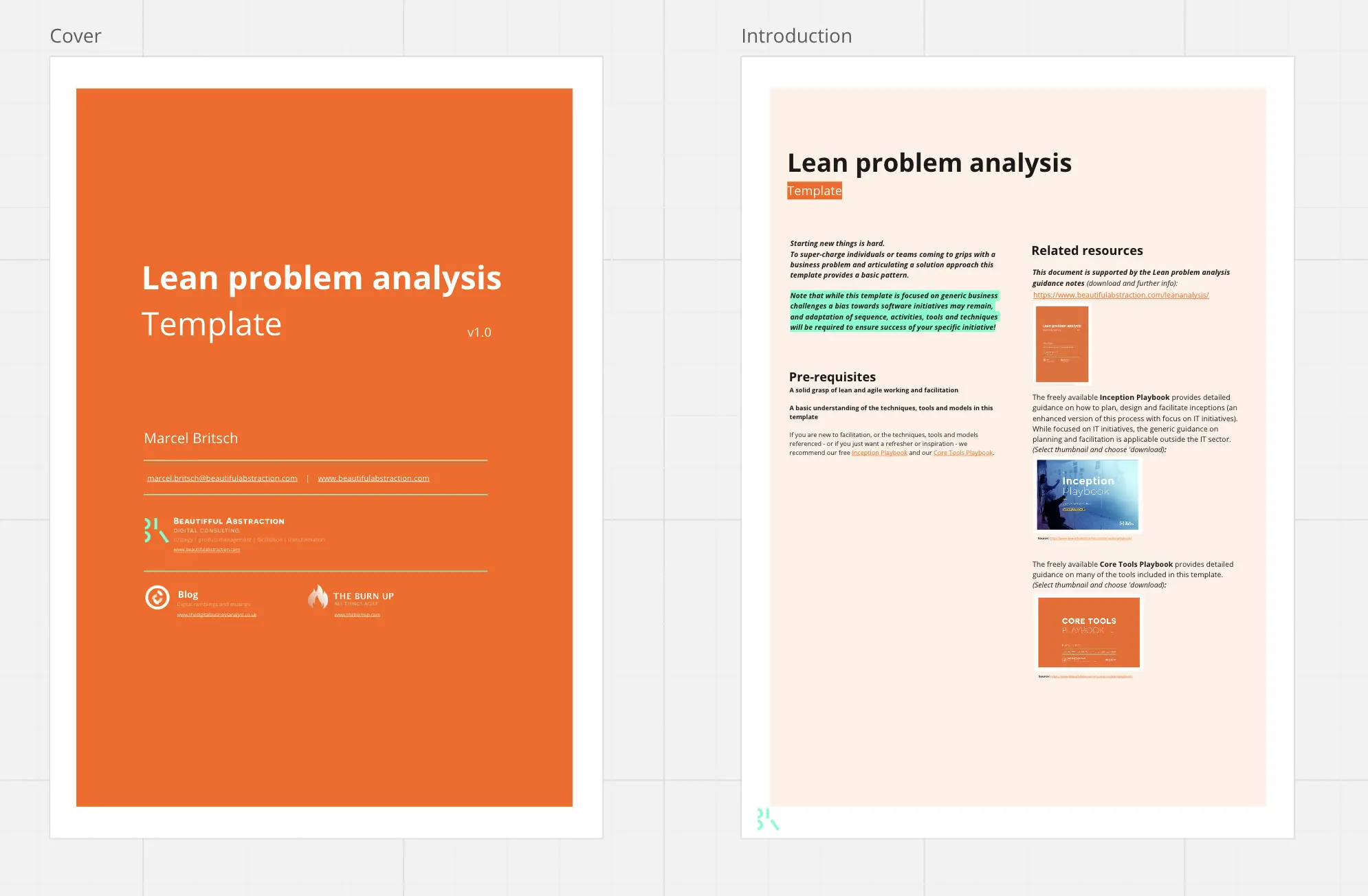
Lean/Agile Hypothesis/Experiment Frame
41 likes156 uses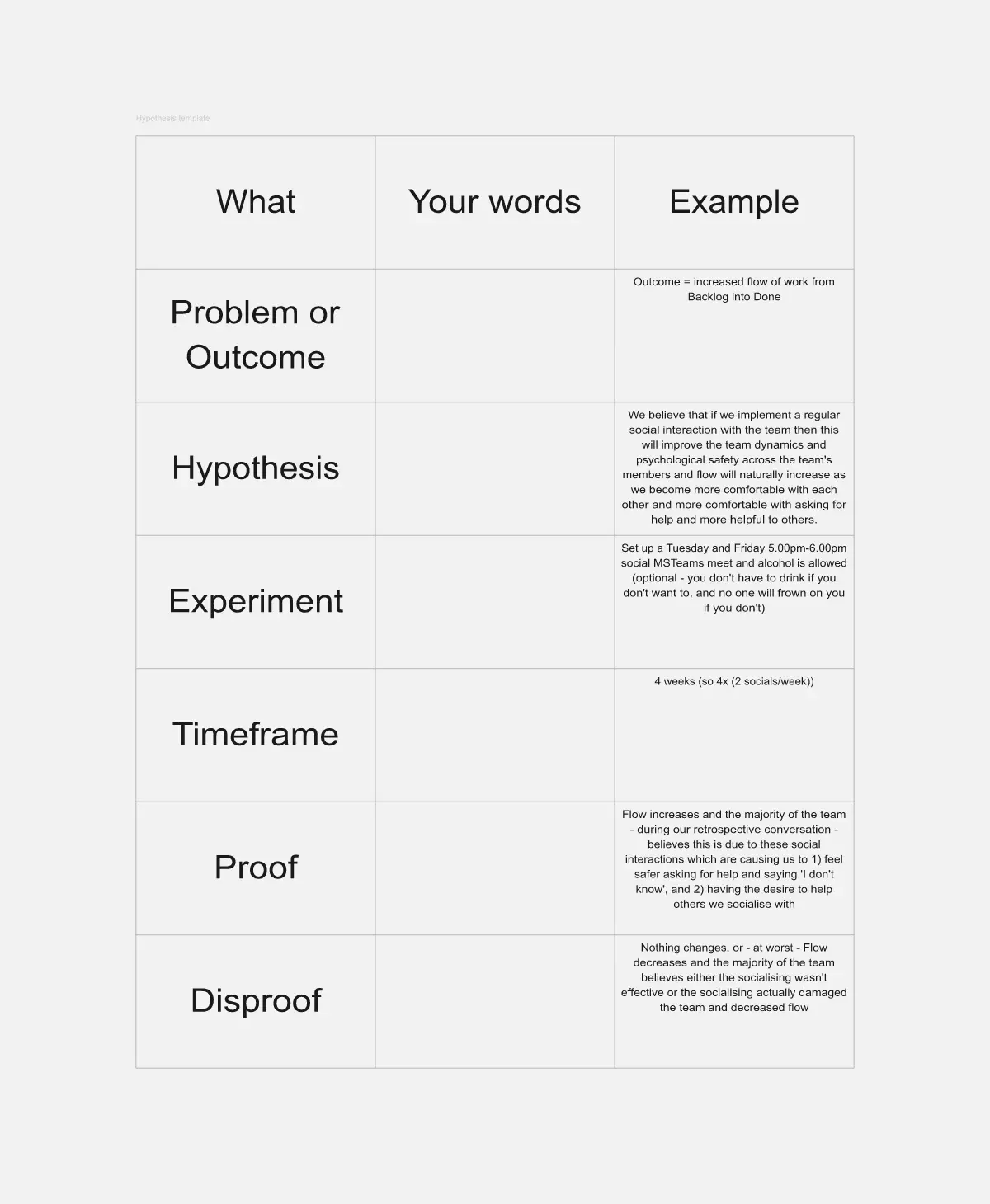
Lean A3 Problem Solving Exercise
27 likes155 uses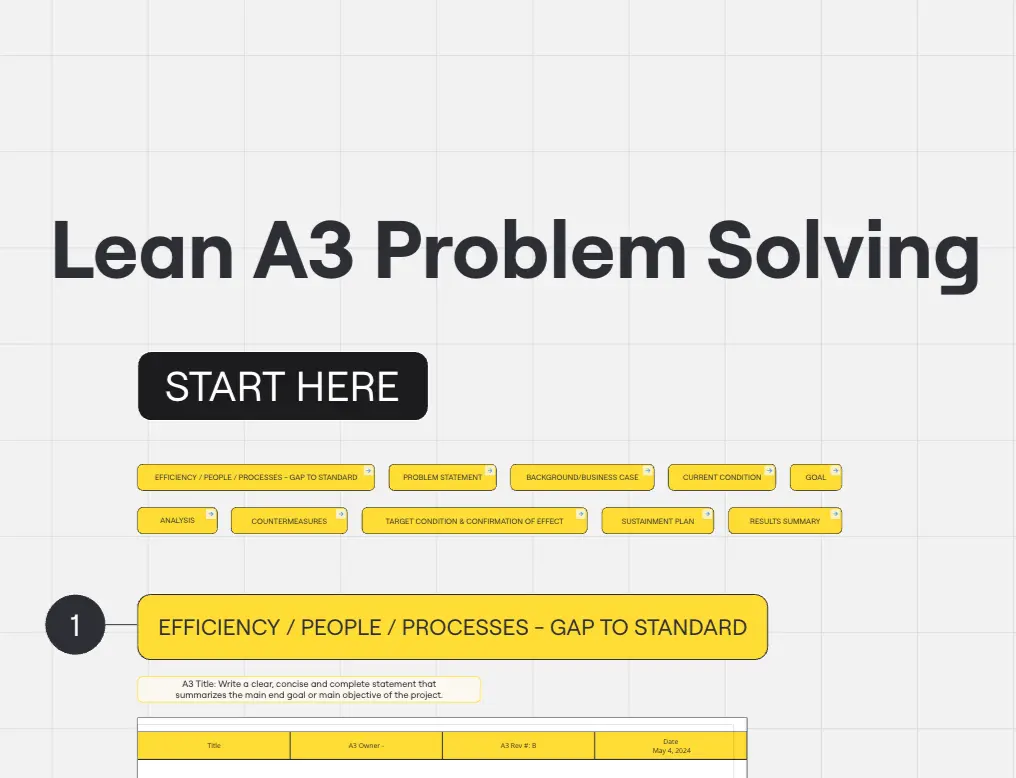
Lean Coffee
5 likes148 uses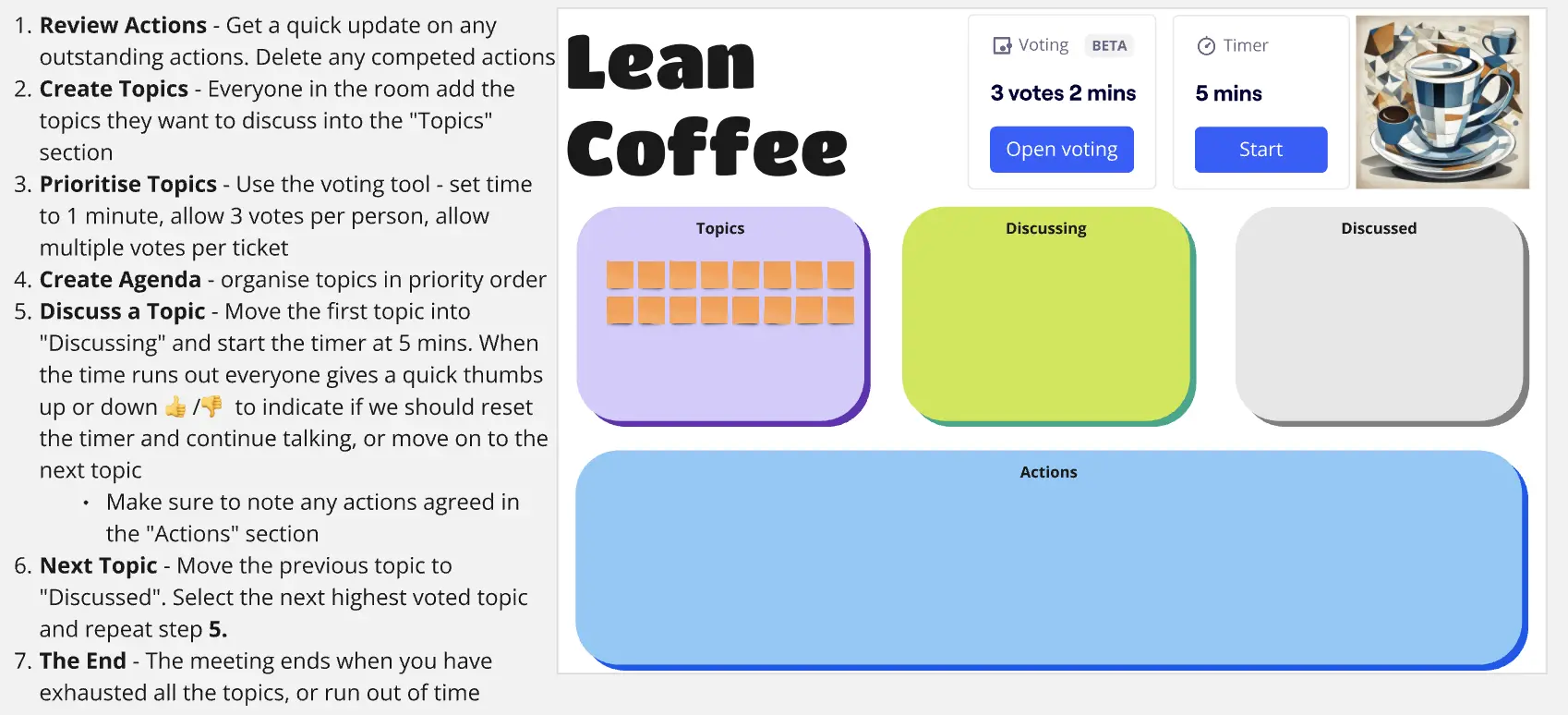
WIP Limit - Agile and Lean Flow
34 likes143 uses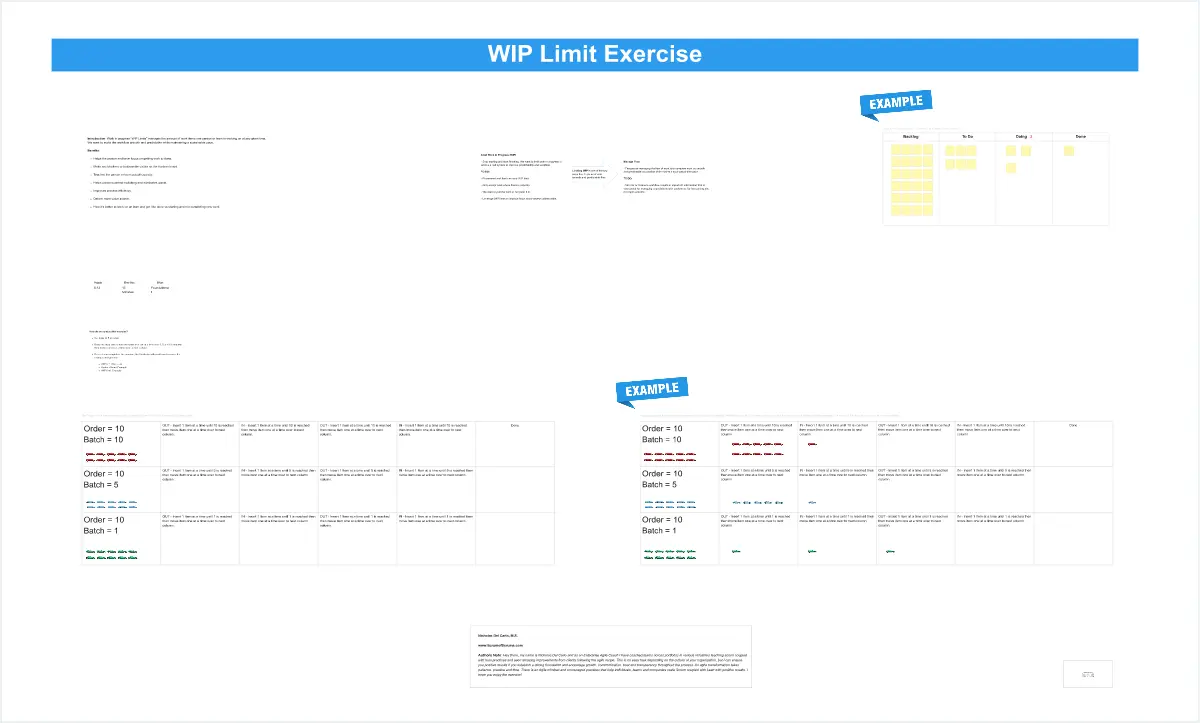
Lean Coffee (Minimal)
20 likes142 uses
IASA - Lean Business Case Card
23 likes138 uses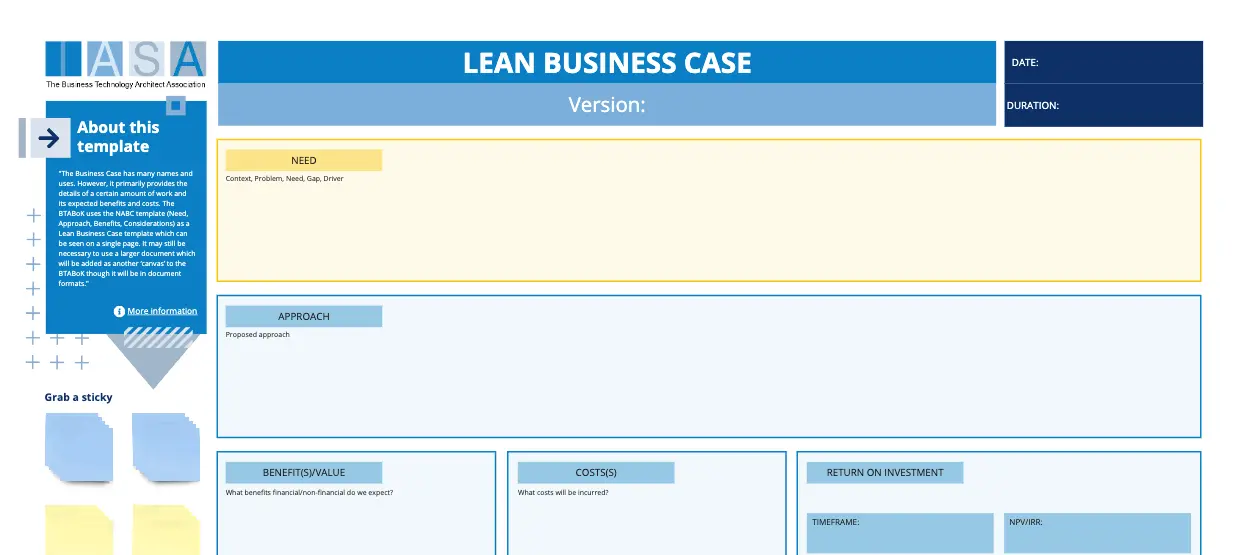
Lean(er) Canvas
13 likes136 uses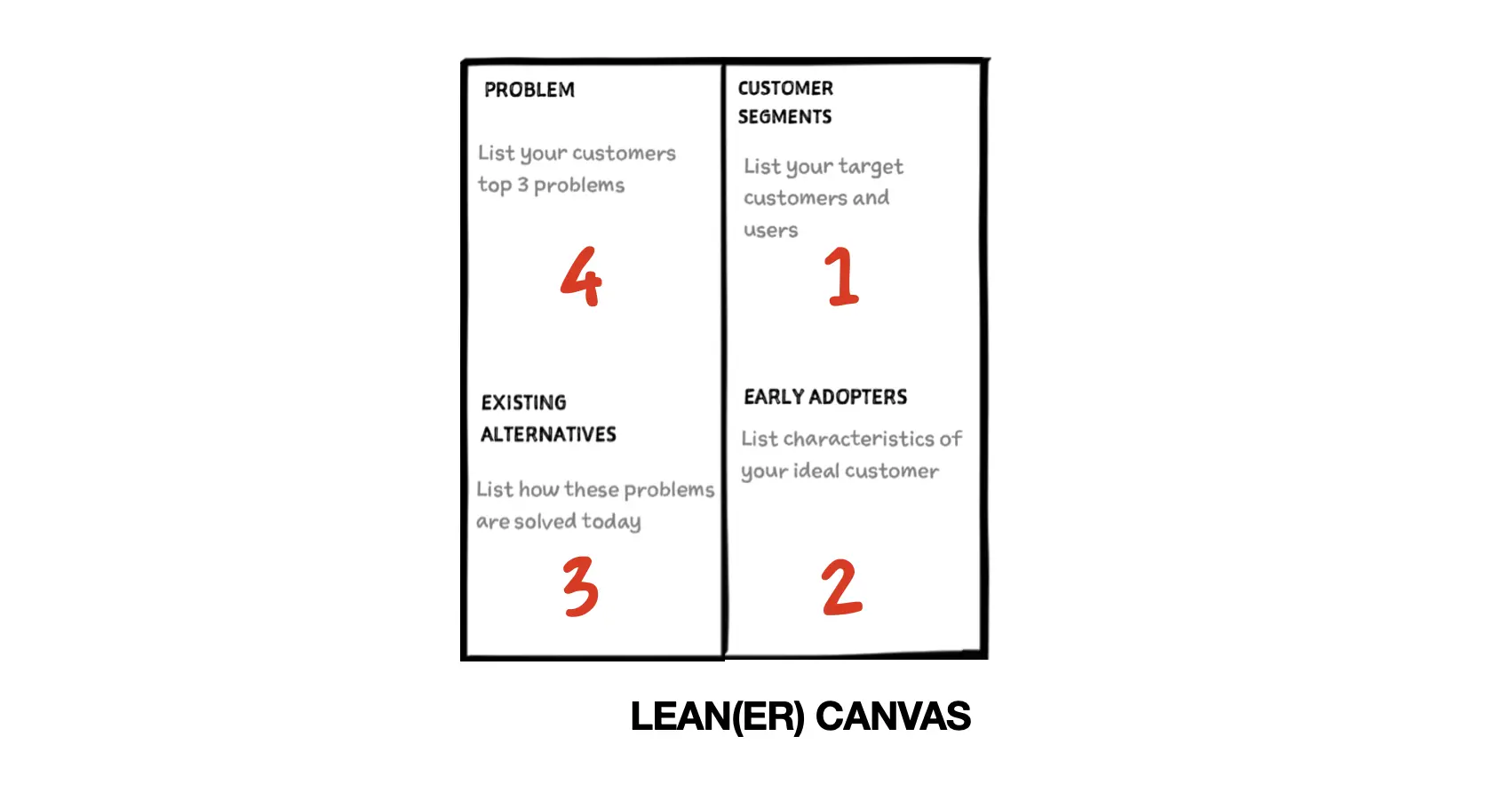
Lean Coffee Template
3 likes110 uses
